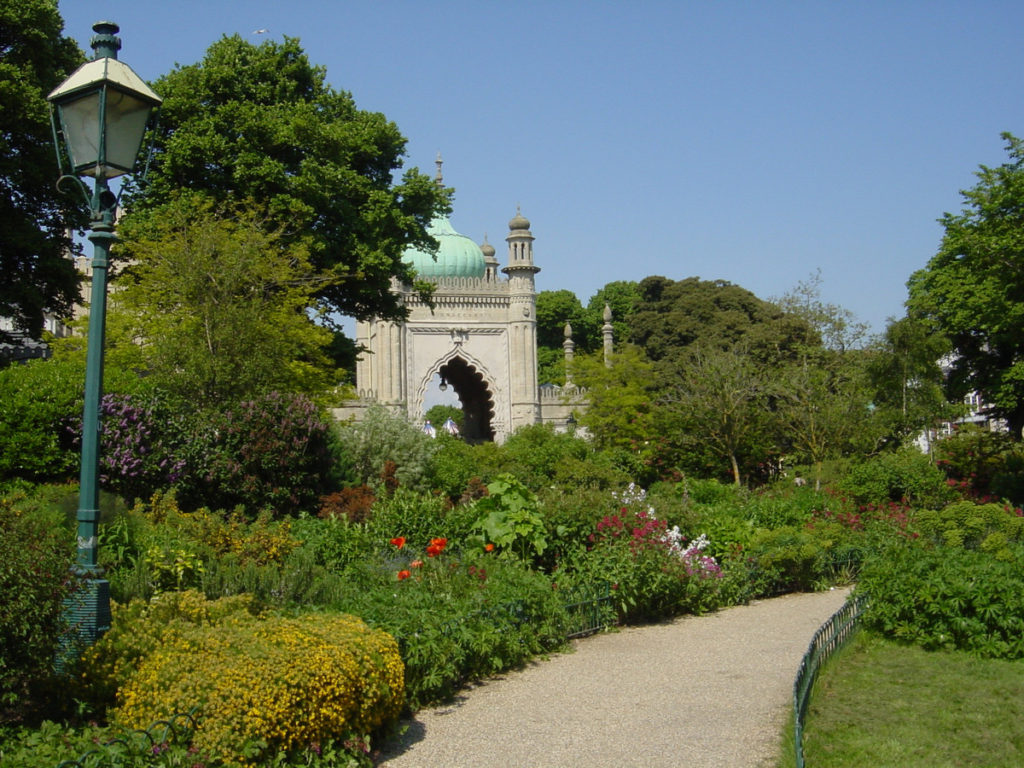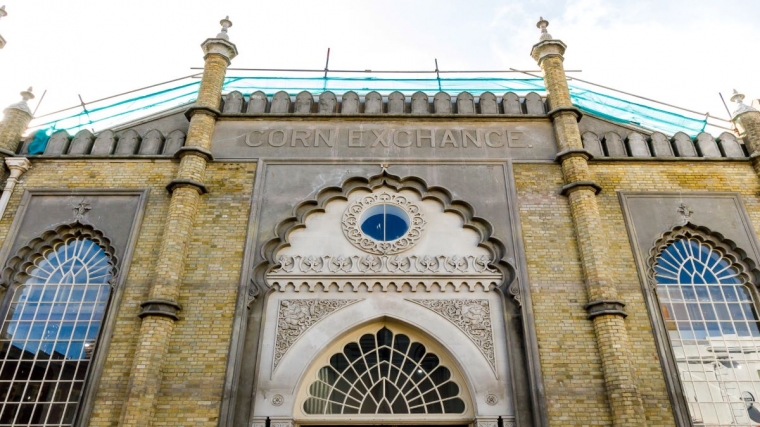Plans to restore and enhance Brighton’s Royal Pavilion Garden have received a welcome boost.
The National Lottery Heritage Fund has awarded initial support and development funding of £214,400 to progress plans to improve and enhance the historic garden and apply for a major National Lottery grant bid for £3.4 million.
The garden is the second phases of an ambitious programme to transform the historic area. Phase 1, which is already underway and supported by Greater Brighton and Coast to Capital Local Enterprise Partnership, includes a major refurbishment and conservation of the Grade I listed Corn Exchange and Grade II listed Studio Theatre.
The plan is part of a wider project to re-affirm Brighton’s Royal Pavilion Estate as a key cultural destination by equipping it for a sustainable future.
Councillor Alan Robins, chair of Brighton & Hove City Council’s tourism, equalities, communities & culture committee, said: “This is fantastic news for the city and an important step in securing the future of this important and well-loved public space.
“The project presents a landmark opportunity to change people’s understanding and valuing of the garden, building civic pride and community ownership, and using engagement and activities as a positive and constructive way to help reduce antisocial behaviour.
“Thanks to National Lottery players, we can now move forward, working with our city partners, residents and visitors, to develop a scheme which will enhance this important Regency landscape while preserving this precious open space in the heart of our city.”

A previous application was unsuccessful in October 2018 but the heritage importance and need to improve the garden was noted by The National Lottery Heritage Fund which also praised the community involvement which backed the bid. This included the results of a public consultation which attracted more than 1,300 responses.
The Grade II listed Royal Pavilion Garden is one of the few remaining Regency gardens in the country. The garden was opened to the public, for the first time, in 1849 and its community use since then is also an important part of its history and significance.
Designed by the architect John Nash, the garden was completed for George IV in the 1820s to complement and unify the exotic and magnificent buildings of the Royal Pavilion Estate. In October 2017 the garden was added to the Historic England at Risk Register following concerns about high levels of visitor use, erosion of character and a general deterioration in the sense of history.
The council commissioned a conservation plan in 2018 which assessed risks to the garden’s heritage and this has helped shape a plan of action to improve future management and operation, interpretation, community engagement, learning and access.
The plans include:
- improving access to the garden for people with disabilities including an accessible outdoor learning space
- new lighting and a secure boundary to address vandalism and anti-social behaviour
- conserving and restoring listed lamp posts and balustrade, flowerbeds, paths, lawns and improving recycling, lighting and seating
- overhauling the entrances, installing new gates and signs
- improving interpretation with maps and information boards, audio tours and an archival research project
- creating apprenticeships and volunteering opportunities particularly focussed around horticultural therapy
- building on the success of the Royal Pavilion & Museums’ existing interpretation, learning and creative offer by providing new opportunities in the garden, its most popular and publically accessible site.
Improving and protecting the Royal Pavilion Garden is a key part of the Royal Pavilion Estate project where the council and Brighton Dome & Brighton Festival are working together to reunify the estate and conserve its heritage to create a world-class cultural and heritage destination.
The council will aim to submit the full bid in March 2021 with work starting in January 2022.

